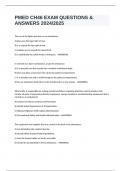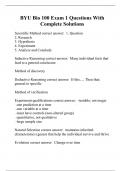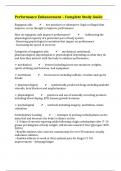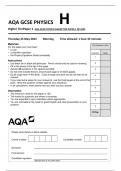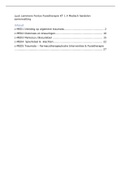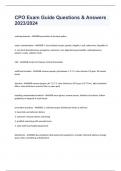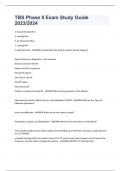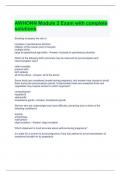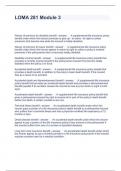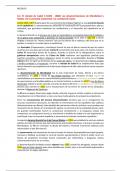Exam (elaborations)
PMED CH46 EXAM QUESTIONS & ANSWERS 2024/2025
- Course
- Institution
PMED CH46 EXAM QUESTIONS & ANSWERS 2024/2025 The use of the lights and siren on an ambulance: A) gives you the legal right of way. B) is a request for the right of way. C) enables you to exceed the speed limit. D) is statistically the safest mode of transport. - ANSWERSB In contrast to ...
[Show more]
